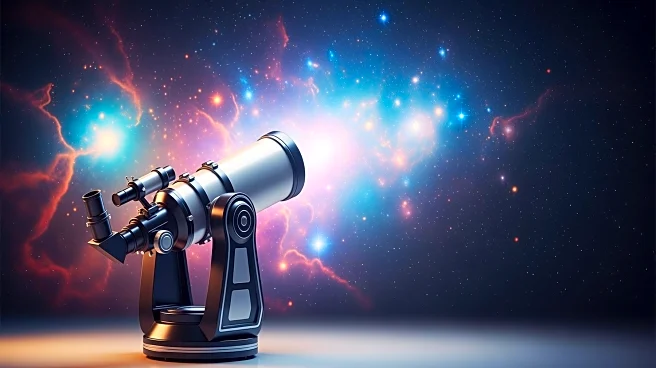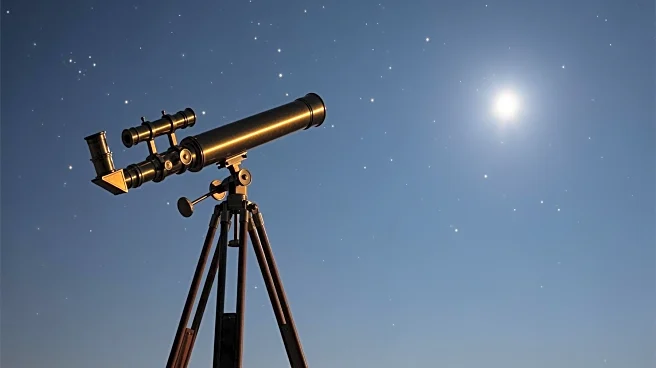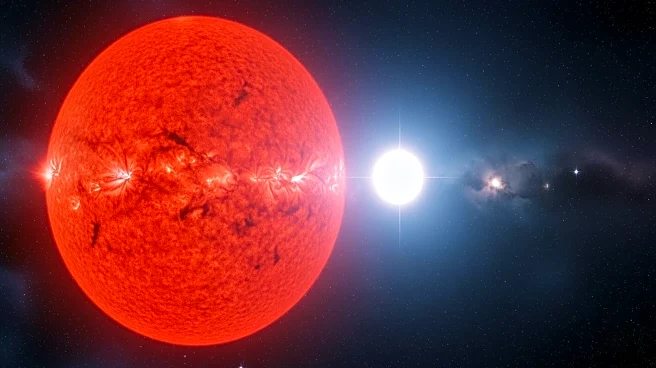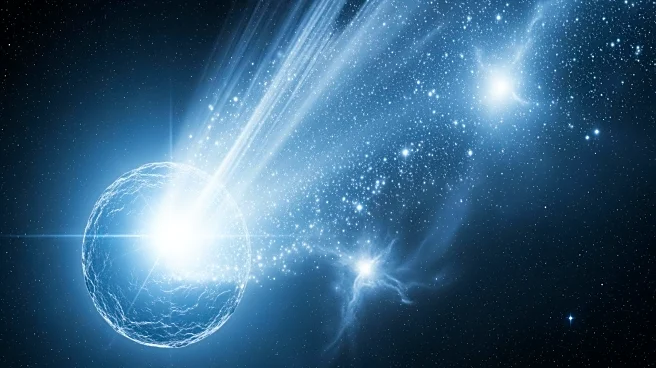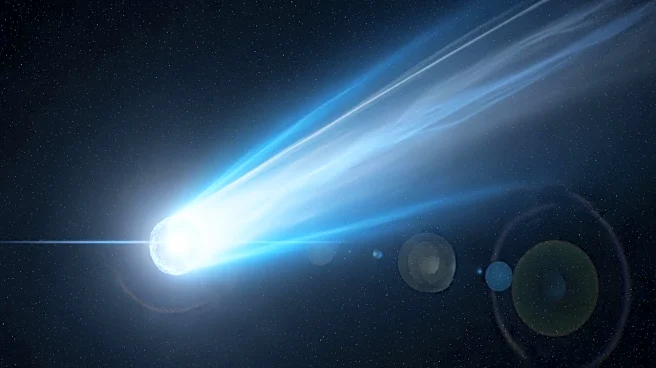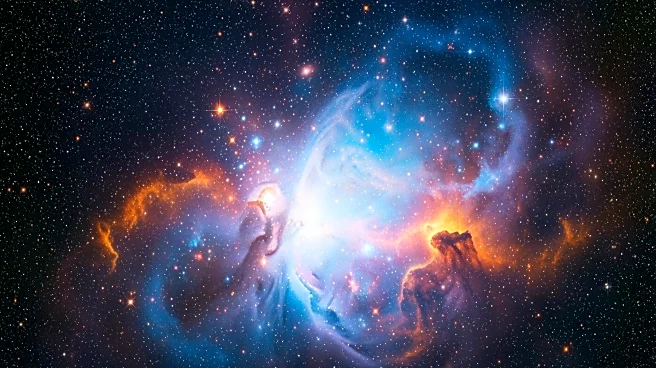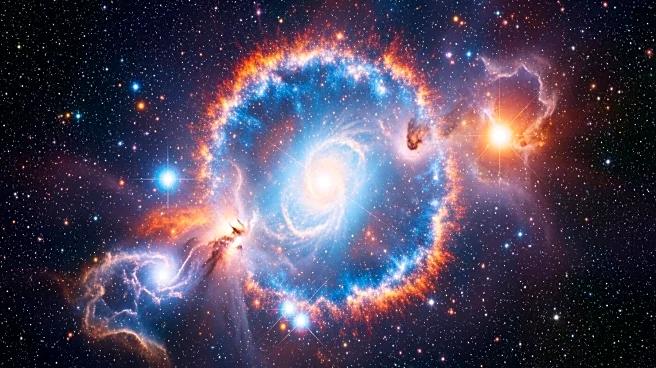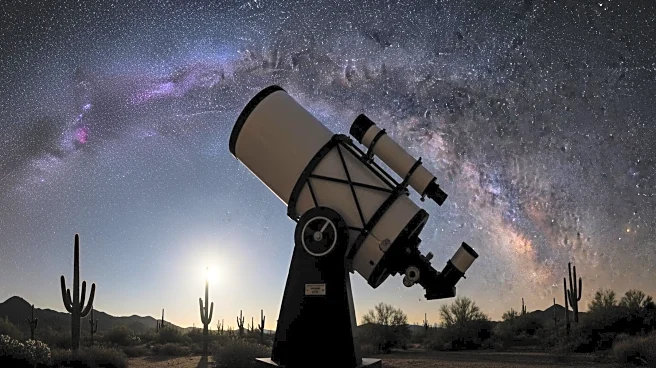What's Happening?
The Cocoon Nebula, an emission nebula located in the constellation Cygnus, is approximately 4,000 light-years away and spans 15 light-years in diameter. It overlaps with Barnard 168, a prominent dark nebula,
and contains the 9th-magnitude star cluster Collinder 470. Discovered in 1899 by Thomas Henry Espinell Compton Espin, the nebula was first photographed in 1900. Observers can view the Cocoon Nebula as a circular blur through a 4-inch telescope, but for better visibility, an 8-inch telescope with a nebula filter is recommended. The nebula's light equals that of a 7th-magnitude star, but its low surface brightness requires specific equipment to suppress starlight and enhance the nebula's glow.
Why It's Important?
The Cocoon Nebula offers a unique opportunity for amateur astronomers and astrophotographers to observe a distant celestial object. Its proximity to Barnard 168 and the entangled stars of Collinder 470 make it a challenging yet rewarding target for observation. The nebula's historical significance, having been discovered and photographed over a century ago, adds to its allure. Observing such nebulae contributes to the understanding of stellar formation and the characteristics of emission nebulae, which are crucial for comprehending the lifecycle of stars and the dynamics of interstellar space.
